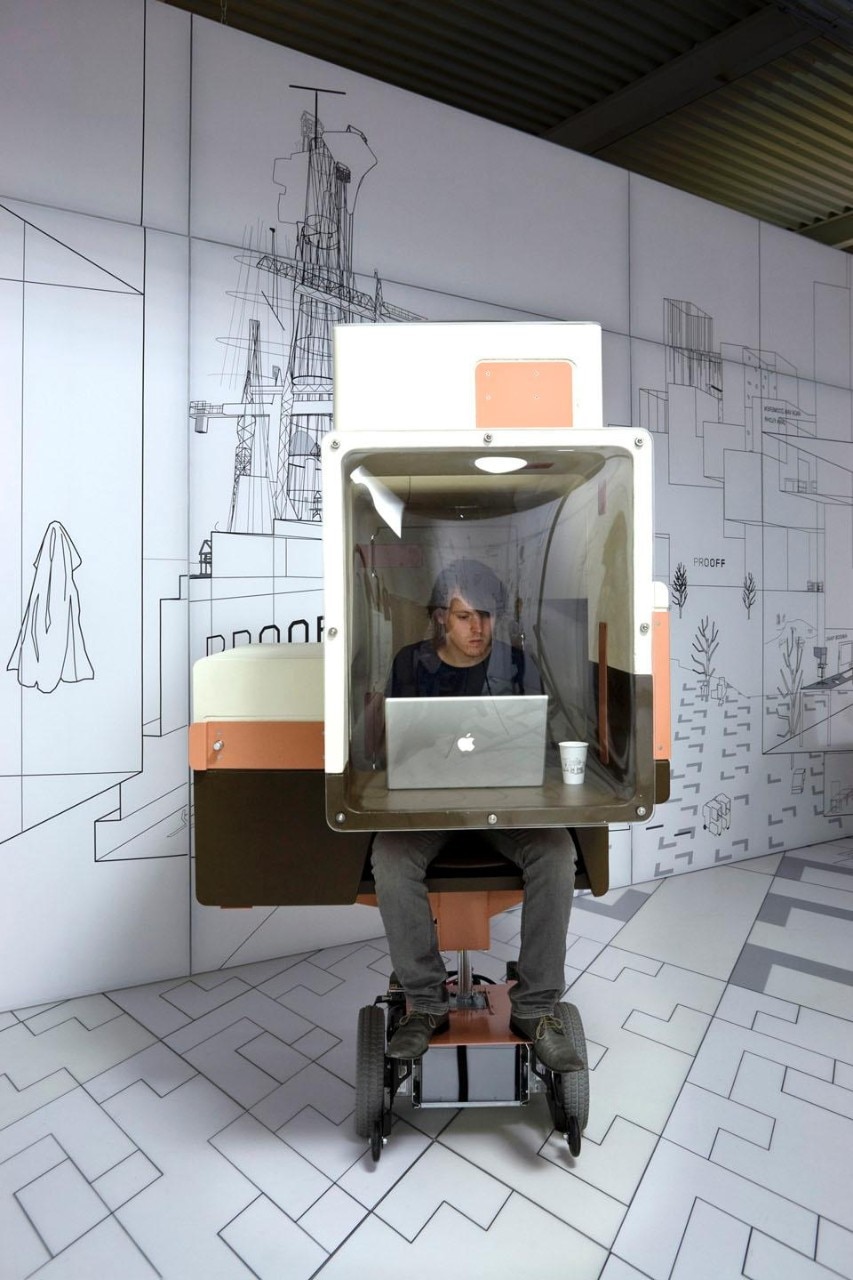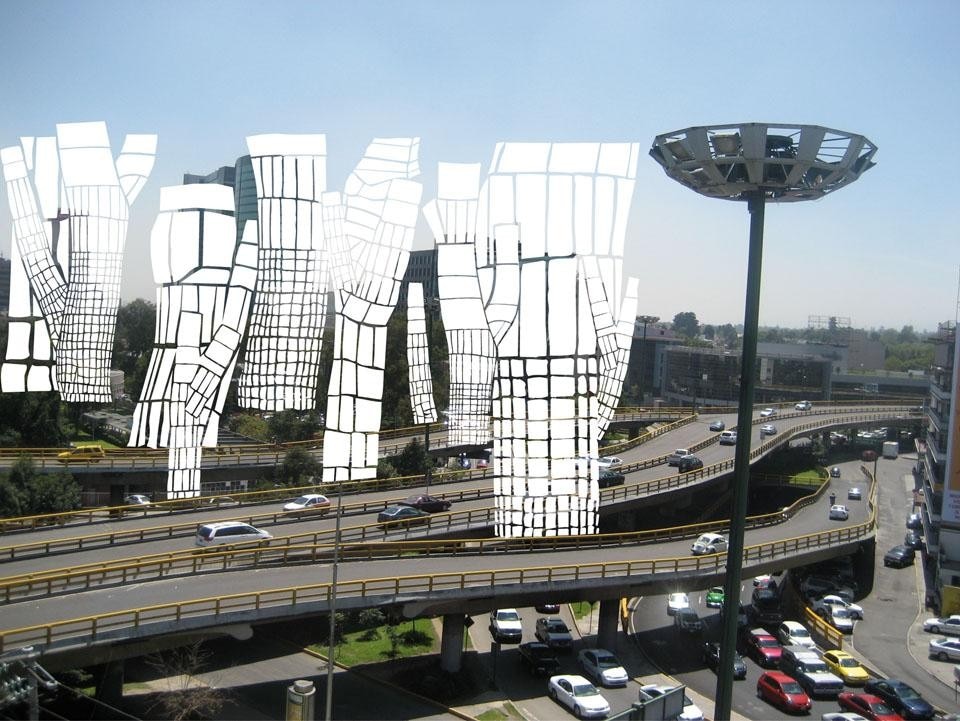To work this way requires acute 360° perception about human needs and foibles, to counter the impersonal nature of contemporary life. This is design as both humane radar and alternative self, whether the protagonist is an architect, 3d designer or interaction designer.
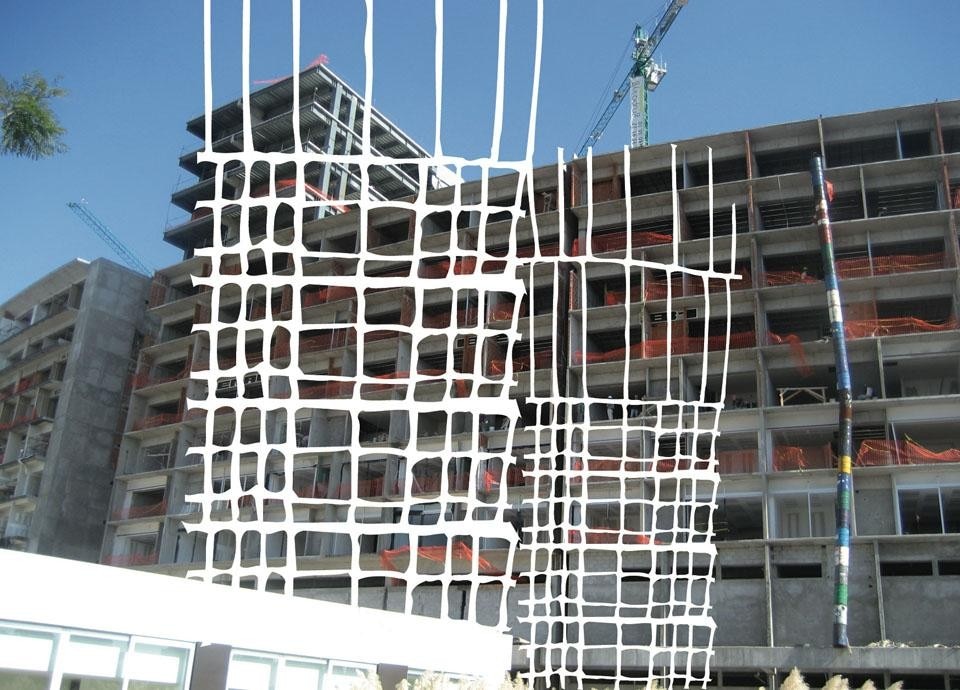
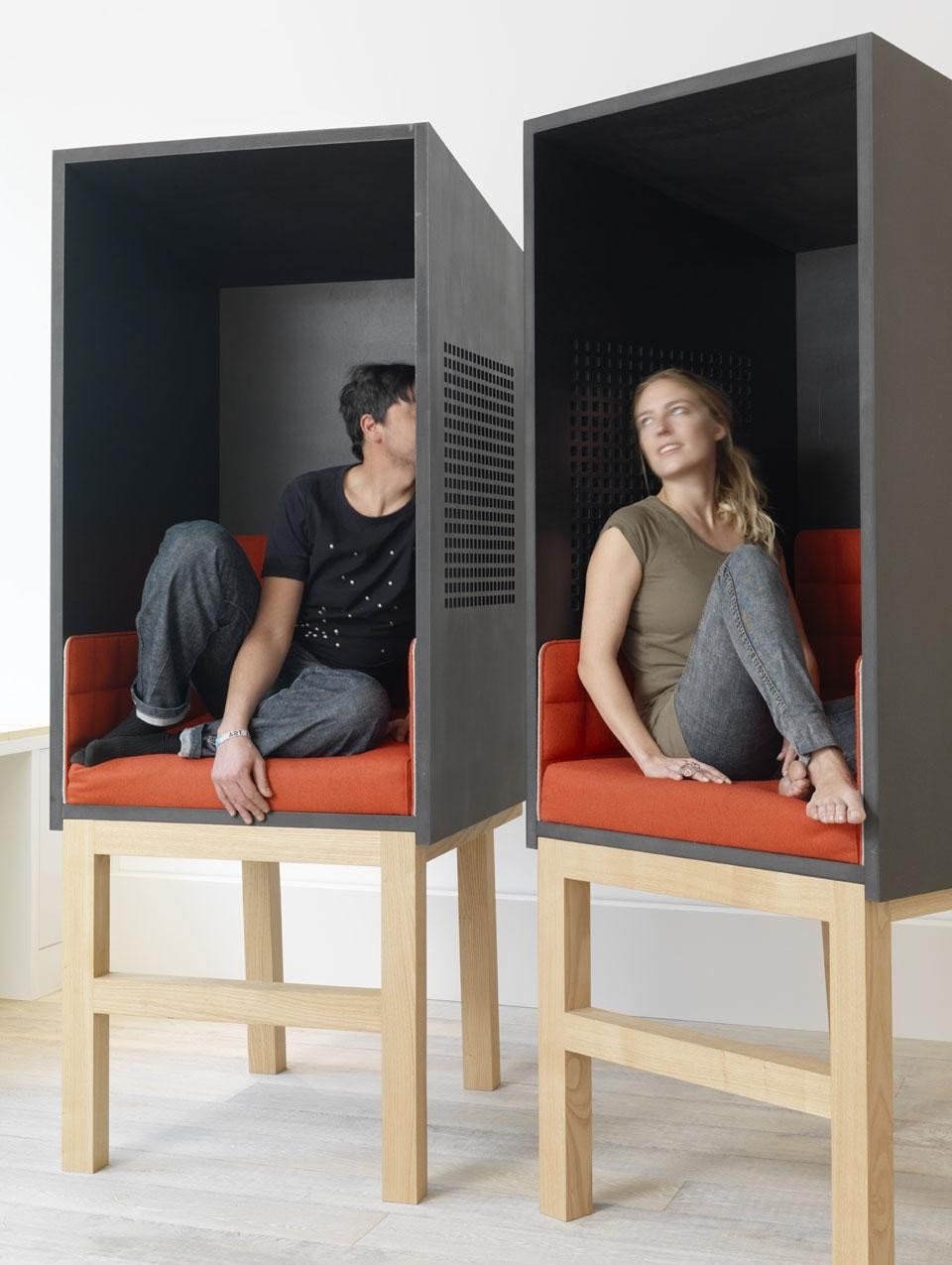
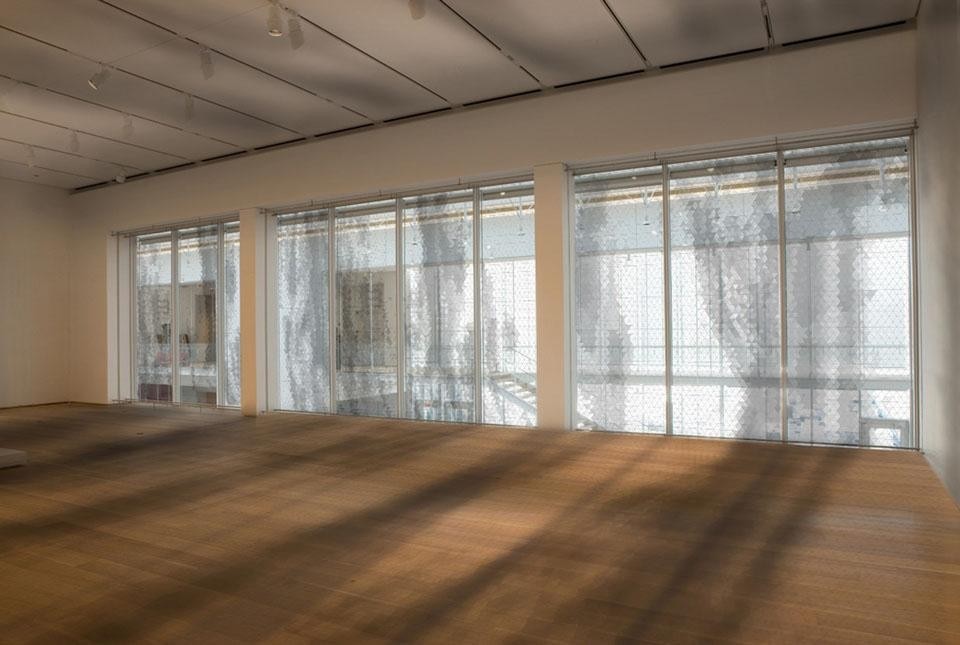
Work by multidisciplinary design trio Troika plumbs the scope of synthetic plant forms while Design Academy Eindhoven graduates Mischer'Traxler use solar energy for making objects. At the hands of some architects and designers, digital breeding is a natural homage to genetic mutation and the power of the computer to morph form, but there again we might come to cherish a chaise or dining table inspired by the sinuous metanarrative of the Batmobile and iconic 1948 La Chaise by the Eames (Hérnan Diaz Alonso).
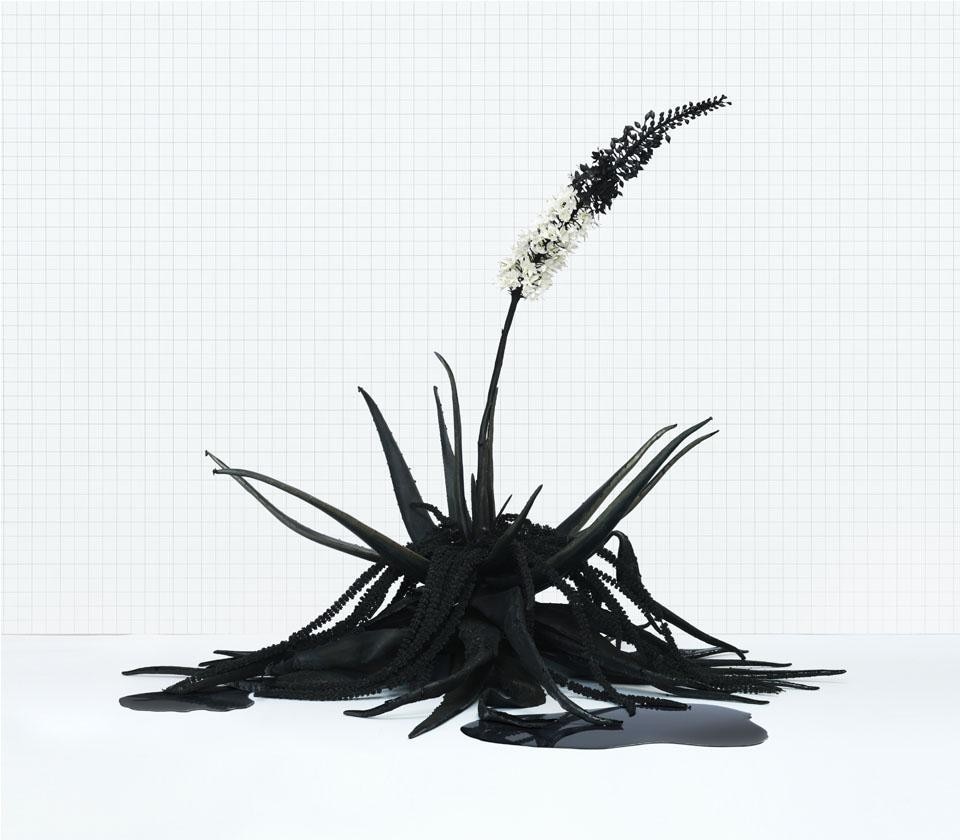
Slow Car is an obvious update of the utopian interchangeability of structures by Constant's New Babylon, not only privileging the car as a place of inhabitation as much as a vehicle, but also a nod in the direction of the much discussed urban nomad. It further evokes the Existenzminimum provoked by homelessness and moreover the cocooning refuge of Laugier's hut. Encompassing easy, humorous reinventions of use as well as more challenging ones, Hyperlinks, one can nonetheless conclude, is about design reborn, framing a unity of biological metaphor and process with a friendly, existential, 'coming home to ourselves' agenda that continues to resonate throughout the emerging transdisciplinary design landscape. Lucy Bullivant
